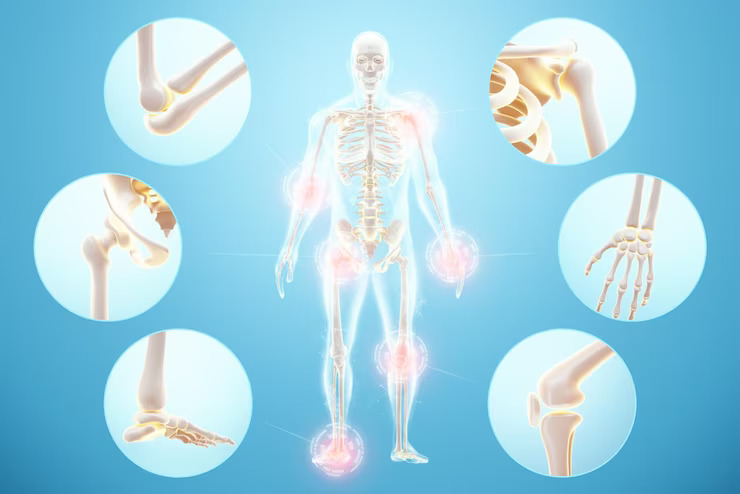
PCL Reconstruction
A PCL reconstruction is a surgical operation used to replace or repair a PCL, a vital ligament in the back of the knee joint that is injured or torn. In this procedure, a new ligament is created, usually from autograft or allograft tissue, and is then carefully positioned and fastened. Knee stability is restored when skilled orthopedic surgeons guarantee correct tension and alignment. People with PCL injuries require PCL reconstruction in order to regain strength, mobility, and trust in the stability of their knee. It acts as the basis for a thorough rehabilitation procedure that eventually makes it possible to resume an active, pain-free living.
Conditions Treated
- Restores the posterior knee's stability
- Retains stability, flexibility, and strength
- Heals damage to the posterior cruciate ligament
Emergency?
24 Hour Ready
Call Us for Emergency
+91-9828501360
Book an Appointment
Seamless Fitness Care Access: Booking an Appointment with Your
Trusted Doctor
PCL Reconstruction FAQ's
PCL reconstruction is a surgical procedure to repair or reconstruct the posterior cruciate ligament (PCL) in the knee. This is typically done when the PCL is severely injured or torn.
During PCL reconstruction, the surgeon typically uses arthroscopic techniques to access the knee joint. The damaged PCL is removed, and a graft, often taken from a donor or another part of the patient’s body, is used to replace it.
Recovery from PCL reconstruction may involve a period of non-weight bearing, followed by a gradual return to weight-bearing activities. Physical therapy is an important part of rehabilitation, and full recovery may take several months.